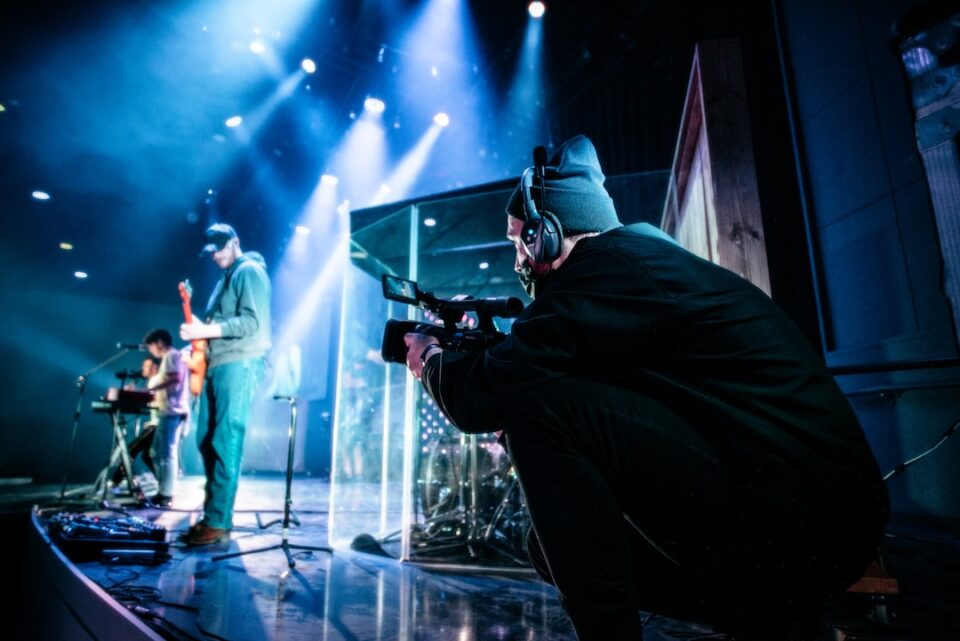The Role of Media in Shaping Cultural Identity
In today’s hyper-connected world, media plays a significant role in shaping our cultural identity. Whether it’s through television shows, movies, music, or even social media platforms, the messages we receive from various forms of media greatly impact how we perceive ourselves and others. Media has the power to both reinforce and challenge cultural values and norms, ultimately influencing the formation of our cultural identity.
One of the essential ways media shapes cultural identity is through representation. When we see people who look like us or share similar backgrounds on television or in movies, it can validate our experiences and give us a sense of belonging. For instance, the increased representation of minorities and marginalized communities in recent years has allowed individuals from these groups to see themselves in positions of power and success, challenging stereotypes that had been perpetuated by the media for a long time.
However, media representation is not always positive. Historically, media has played a considerable role in perpetuating stereotypes and biases. For example, the portrayal of certain ethnic or racial groups in movies and television shows has often been simplified and one-dimensional, reinforcing stereotypes rather than accurately representing the diversity within these communities. This can lead to a distorted perception of cultural identity and can perpetuate harmful biases.
Moreover, the media also plays a significant role in shaping cultural identity through the content it produces. The stories presented in the media often reflect cultural values, norms, and societal issues. For instance, movies and television shows that emphasize individualism and materialism can influence a culture that values wealth and success over community and mutual support. In contrast, media that highlights collectivism and community values can foster a sense of cultural identity that emphasizes collaboration and social responsibility.
In addition to traditional forms of media, the rise of social media platforms has further impacted how cultural identity is shaped. Social media provides a space for individuals to express themselves, create communities, and share experiences. It allows people to connect with others who share similar beliefs, values, or experiences, creating a virtual sense of cultural identity and belonging. However, the curated nature of social media can also contribute to the formation of unrealistic expectations and a false sense of identity. It is essential to recognize the influence of social media and critically engage with the content consumed online.
Media also has the power to influence cultural identity by shaping public opinion and influencing societal norms. News outlets, for example, have the ability to frame issues and events in a particular way, shaping public perceptions and attitudes. This can have profound implications for cultural identity as it can influence how individuals perceive their own culture and the cultures of others. It is crucial to consume diverse media sources and engage in critical thinking to ensure a well-rounded understanding of cultural identity.
Overall, media plays a vital role in shaping cultural identity. It can influence how we perceive ourselves, others, and the world around us. While media representation has made progress in recent years by challenging stereotypes and amplifying marginalized voices, there is still work to be done to ensure diverse and accurate portrayals. To navigate the media landscape, it is essential to remain critical consumers, seek a variety of perspectives, and actively engage in conversations about cultural identity. By doing so, we can harness the power of media to shape a more inclusive and interconnected cultural landscape.

